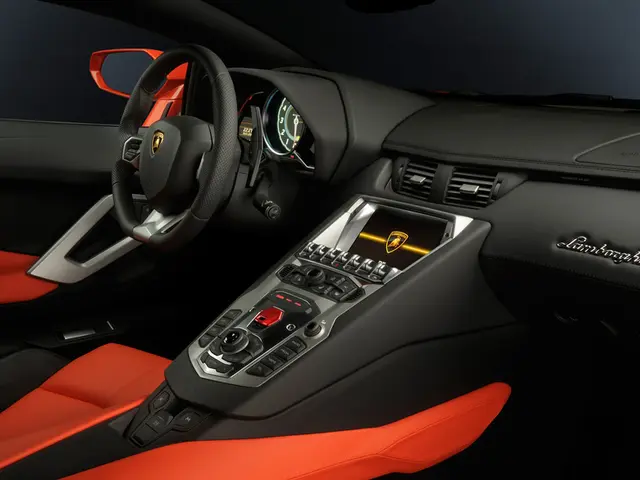Contactless Girocard payments are on the rise.
Contactless payment with Girocard, the popular German banking system's card, is dominating the scene these days. Euro Kartensystem GmbH, a joint venture of the German banking industry, revealed this on Wednesday, shortly after contactless payment became a norm.
In an increasingly digital world, contactless Girocard transactions have become a go-to option for many, making up 74.3% of all Girocard payment transactions in the first half of the year - a significant jump from the previous year. This trend is set to continue, with the company announcing a focus on e-commerce.
Once primarily known as an EC card, the Girocard now requires just a brief wave near the reader for smaller transactions, eliminating the need for PIN entry. It's no surprise that this method has gained popularity during the COVID-19 pandemic, as hygiene concerns escalated.
The Girocard is widely used and accepted in German retail, with over 100 million cards issued to customers. In the first half of 2023, the card was used for approximately 3.17 billion payment transactions - a surge of 17.1% compared to 2022. The total turnover reached around 134 billion euros, a rise of 17.9%. For the first time, the number of electronic cash registers in retail where the Girocard can be used surpassed one million, an increase of around eleven percent compared to 2021.
Girocard's dominance in the German market despite facing stiff competition from Visa and Mastercard is a testament to its resilience. Contactless transactions have become standard across the country, with cards accounting for over 60% of in-store sales in 2023. The convenience, speed, and security of contactless payments have been the primary drivers of its adoption.
As consumers continue prioritizing secure and easy payment methods, Girocard's compliance with EU standards could give it an edge against competitors like Buy Now Pay Later (BNPL) and Pay by Bank alternatives. Moreover, the rise of mobile payments in Germany could prompt Girocard to incorporate more seamless integration with digital wallets like Apple Pay or Google Pay.
Keeping pace with the competitive landscape, Girocard may consider cross-border expansion by partnering with more international entities or developing hybrid card products. This would help the system compete effectively with global payment schemes.
- The significant surge in contactless Girocard transactions, making up 74.3% of all Girocard payment transactions in the first half of the year, is a clear reflection of its growing popularity in the era of technology and lifestyle.
- The Girocard's compliance with EU standards could potentially position it favorably against emerging payment alternatives like Buy Now Pay Later (BNPL) and Pay by Bank, as consumers continue to prioritize secure and easy payment methods.
- With over 100 million Girocards in circulation and around 1 million electronic cash registers accepting it, the card has solidified its dominance in the German market, even against stiff competition from Visa and Mastercard.
- As mobile payments gain traction in Germany, Girocard may seek to incorporate more seamless integration with digital wallets like Apple Pay or Google Pay to maintain its competitive edge in the rapidly evolving finance landscape.




